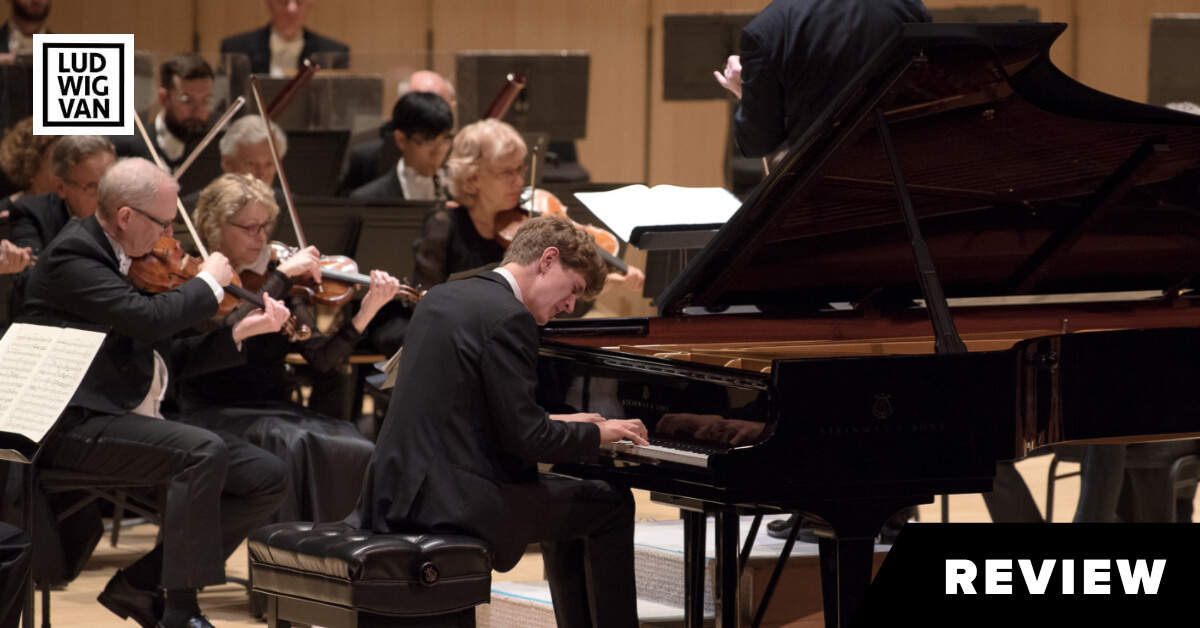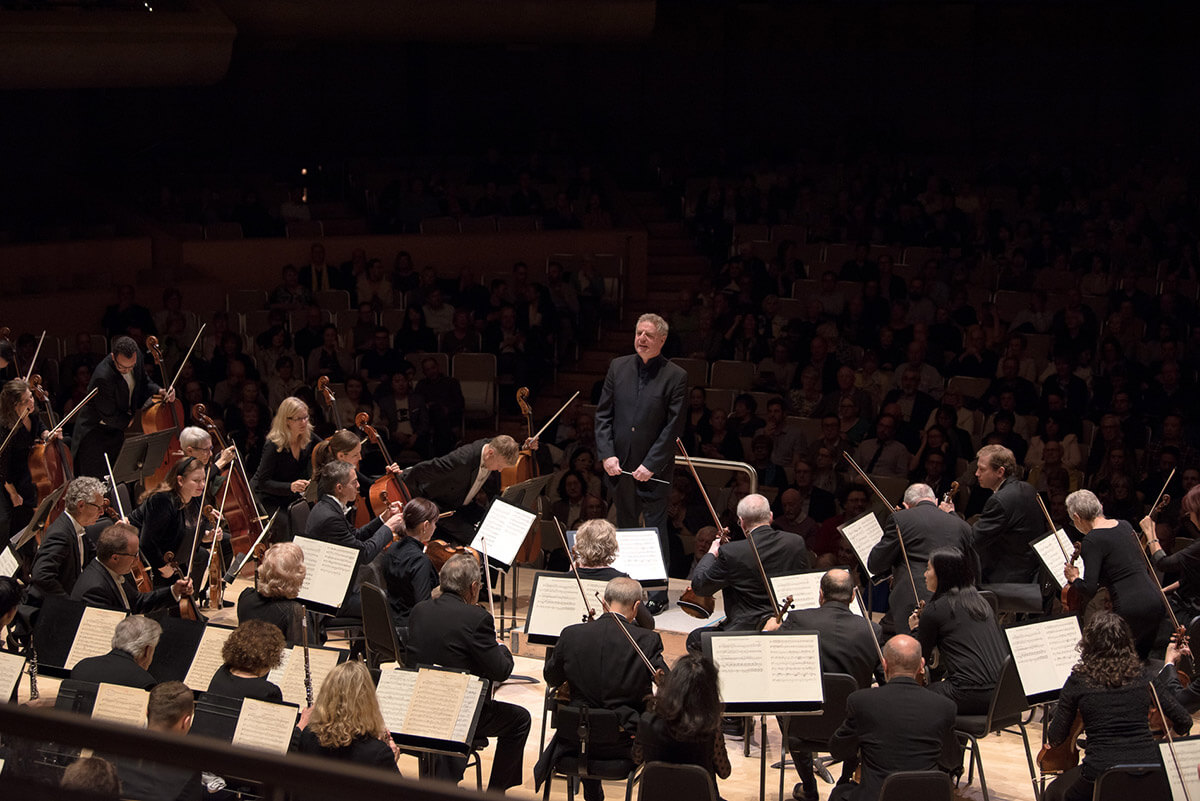
Toronto Symphony Orchestra with Jan Lisiecki (soloist), Karl-Heinz Steffens (conductor) at Roy Thomson Hall, 60 Simcoe St. June 5. Repeats June 6 and 8.
Schumann, Mendelssohn, Brahms: there were no surprises Wednesday in Roy Thomson Hall, where Karl-Heinz Steffens, a German conductor of 57, appeared in his Toronto Symphony Orchestra debut. Except insofar as one familiar standard made an unusually deep impression.
I refer to Mendelssohn’s Piano Concerto No. 1. Packed with muscular double octaves and flurries of semiquavers in the opening minutes, this score can sound prolix if approached as a virtuoso vehicle. Jan Lisiecki, at 24 a veteran of the international circuit, had other ideas. The notes were there but articulated and shaded for musical value.
What a pleasure to hear a difference between forte and fortissimo. And what poetic feeling when Lisiecki gently applied the brakes at the onset of the second theme. The pianist came close to stopping time in the Andante, paradoxically with no loss of momentum. Then came the Presto finale, where his light touch created a playful rather than conventionally brilliant effect. Initially equated with Chopin, this Canadian pianist sounded on this occasion like the perfect Mendelssohnian. Cheers from the crowd led to a gentle Song Without Words (one of the Venetian Boat Songs) as an encore.

After leading a thoughtful accompaniment, Steffens came across as a fair Brahmsian, perhaps not in the first movement of the Fourth Symphony, where there were some lumpy balances, but in the Andante moderato, as winds and strings spoke eloquently on their own. The third movement was both bold and lively, and while the finale started at a slow tempo, the variations maintained their irresistible feeling of momentum. Colours were rich. The radiant solo flute and sombre trombones had their wonted effect.
If the conductor seemed a little fussy as a baton technician, the sounds he elicited (without a score) were solid. The program (repeated Thursday and Saturday) started with a run-through of Schumann’s Overture to Manfred, although “walk-through” might better express the absence of energy and articulation.
There was the traditional five-minute delay while musicians shuffled backstage and the piano was rolled into position. Would it be such a bad thing if the overture on such occasions were performed with the piano already in place?
LUDWIG VAN TORONTO
Want more updates on classical music and opera news and reviews? Follow us on Facebook, Instagram or Twitter for all the latest.
- SCRUTINY | Moussa Concerto Sounds Strong In Toronto Symphony Orchestra Premiere, Paired With Playful Don Quixote - April 4, 2024
- SCRUTINY | Esprit Orchestra At Koerner Hall: Ligeti 2, Richter No Score - April 1, 2024
- SCRUTINY | Sibelius & New Cello Concerto By Detlev Glanert Offers A Mixed Bag From The TSO - March 28, 2024



